Science
Ms Kirk, Ms Nguyen & Ms Kini

Science
Ms Kirk, Ms Nguyen & Ms Kini
Welcome back Gilgai parents and students! It is lovely to see you all with big smiles, as we gear up for another term of amazing learning!
We learnt to sort recyclable rubbish from non-recyclable rubbish. We also explored the importance of recycling, including reusing old/broken rubbish to make new and usable products, as well examining its impact on sea animals and the environment. We, then learnt to identify items that can and cannot go into the compost bin. Students were challenged to explain why compost is important for the soil and plants.
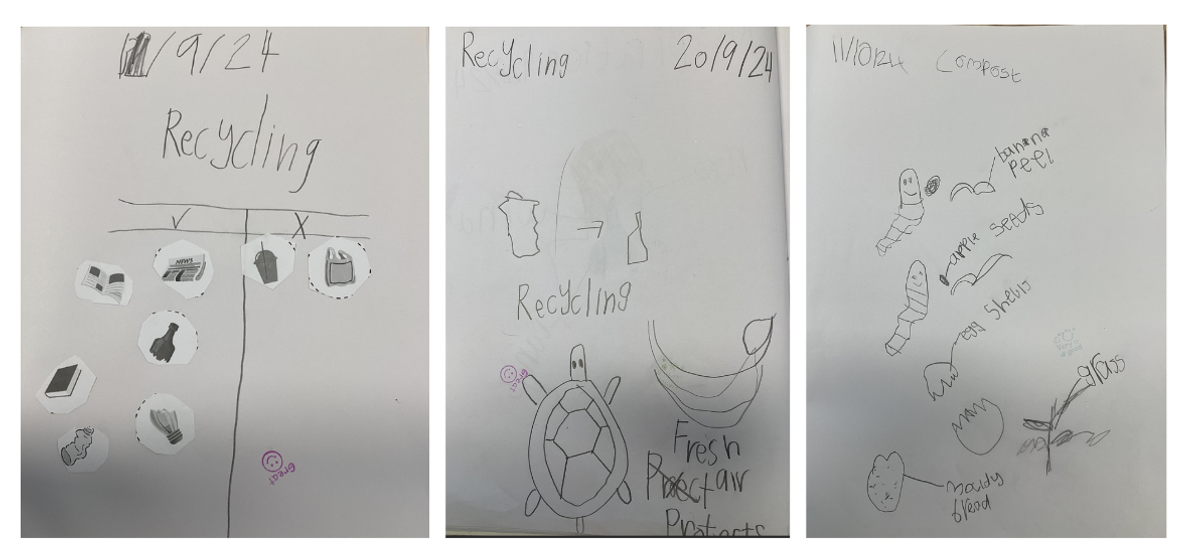

We learnt to use informal tools to measure the length of different objects, including when and why people may need to use informal tools. Students were challenged to use their feet, hands and objects to measure different objects and spaces around the school.
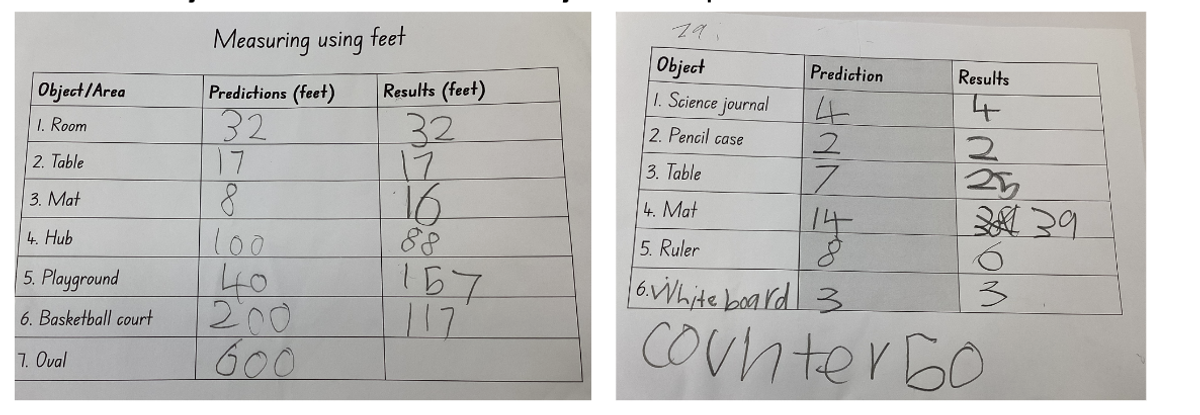

We explained how compost is good for soil and plants, including identifying what items can and cannot be placed in the compost bin. We also recognised ways to conserve water at home and at school, such as by using the half flush button in the toilet. We then learnt to correctly store food in the fridge. Students created a diagram in their science journal and tested each other to ensure they were successful or working towards success in the lesson.
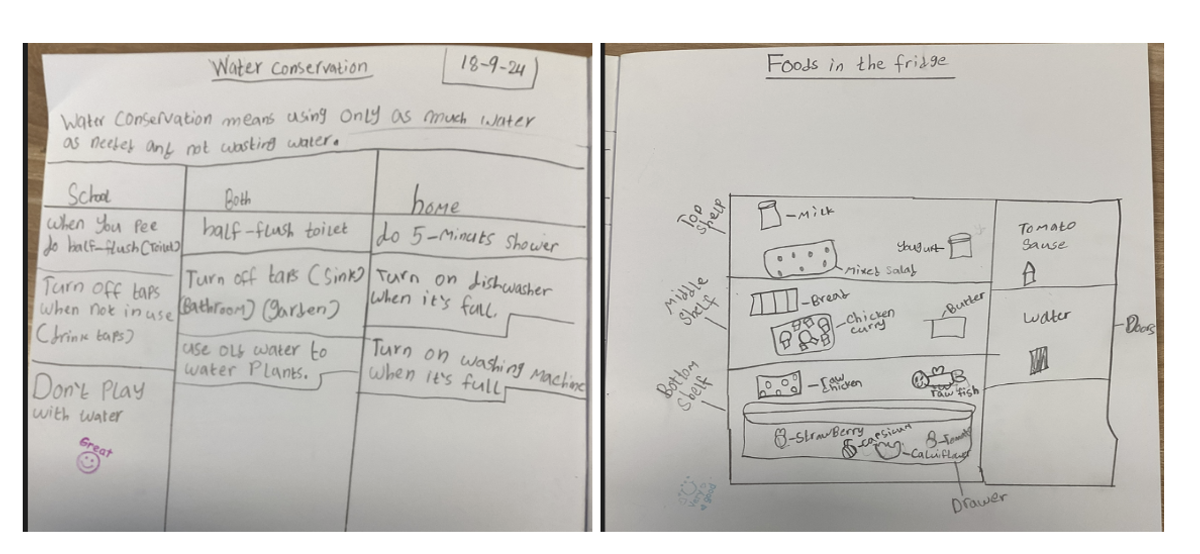

We learnt how science has helped improve the construction, healthcare and hospitality industry over time, including why builders, doctors and chefs wear and use particular clothes and equipment to help complete their job. Students were challenged to question, research, record and discuss their findings.
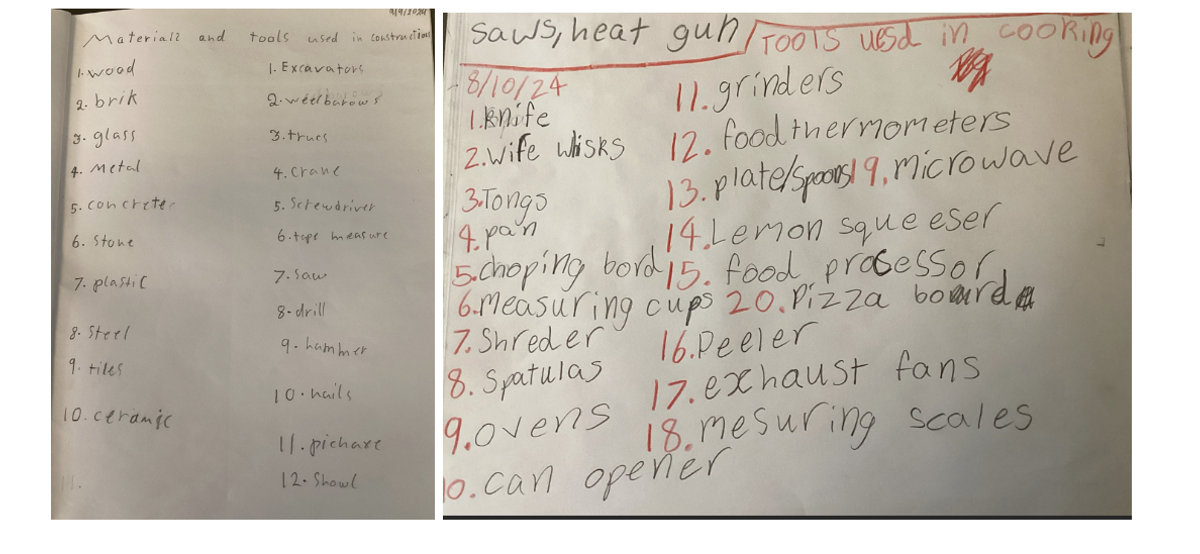

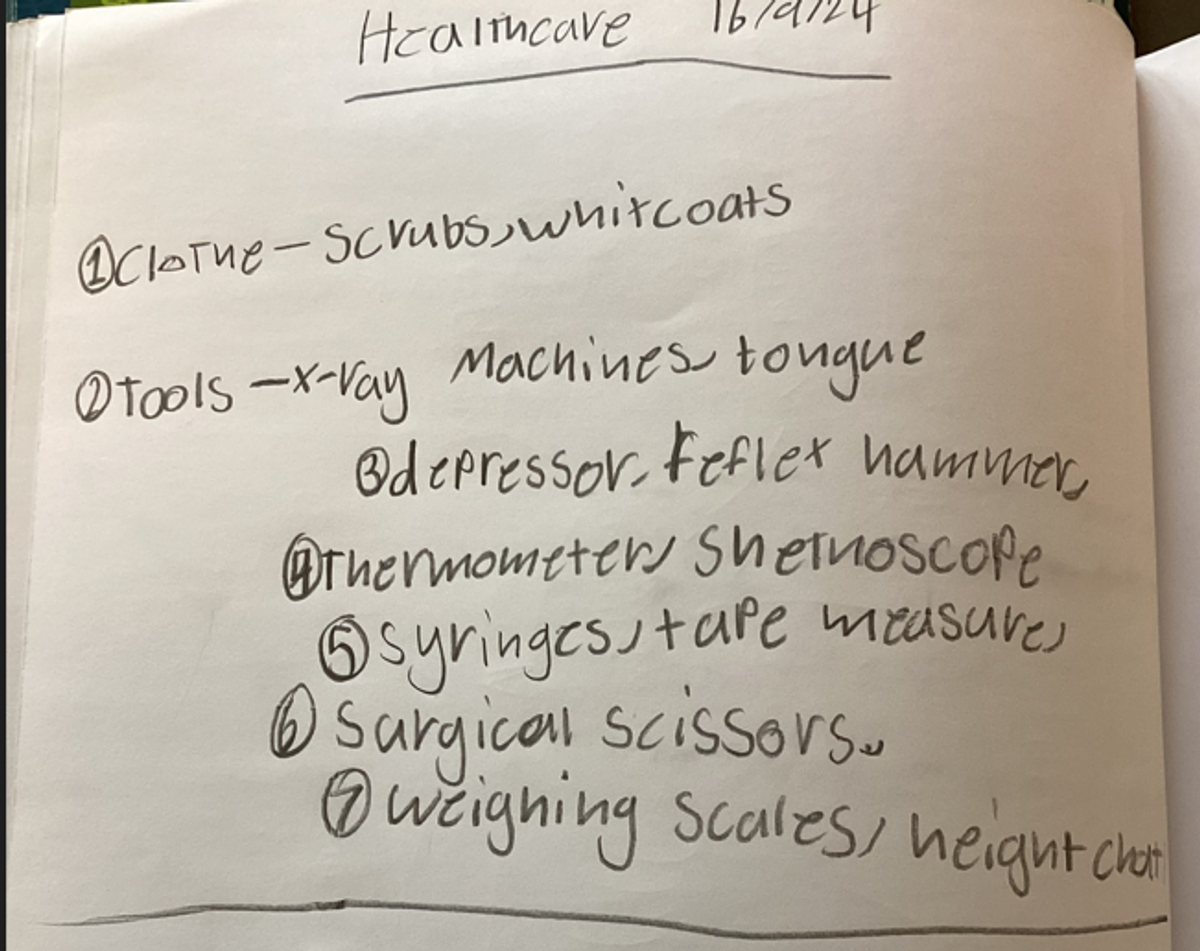

We learnt to sort rubbish into the correct bins. At home, the yellow, purple and red bins were explored, whilst the blue and red bins were discussed for the school setting. We then identified ways to conserve water usage at home and at school. Students were challenged to explain why water conservation is an important practice and set goals to conserve water at school and at home.
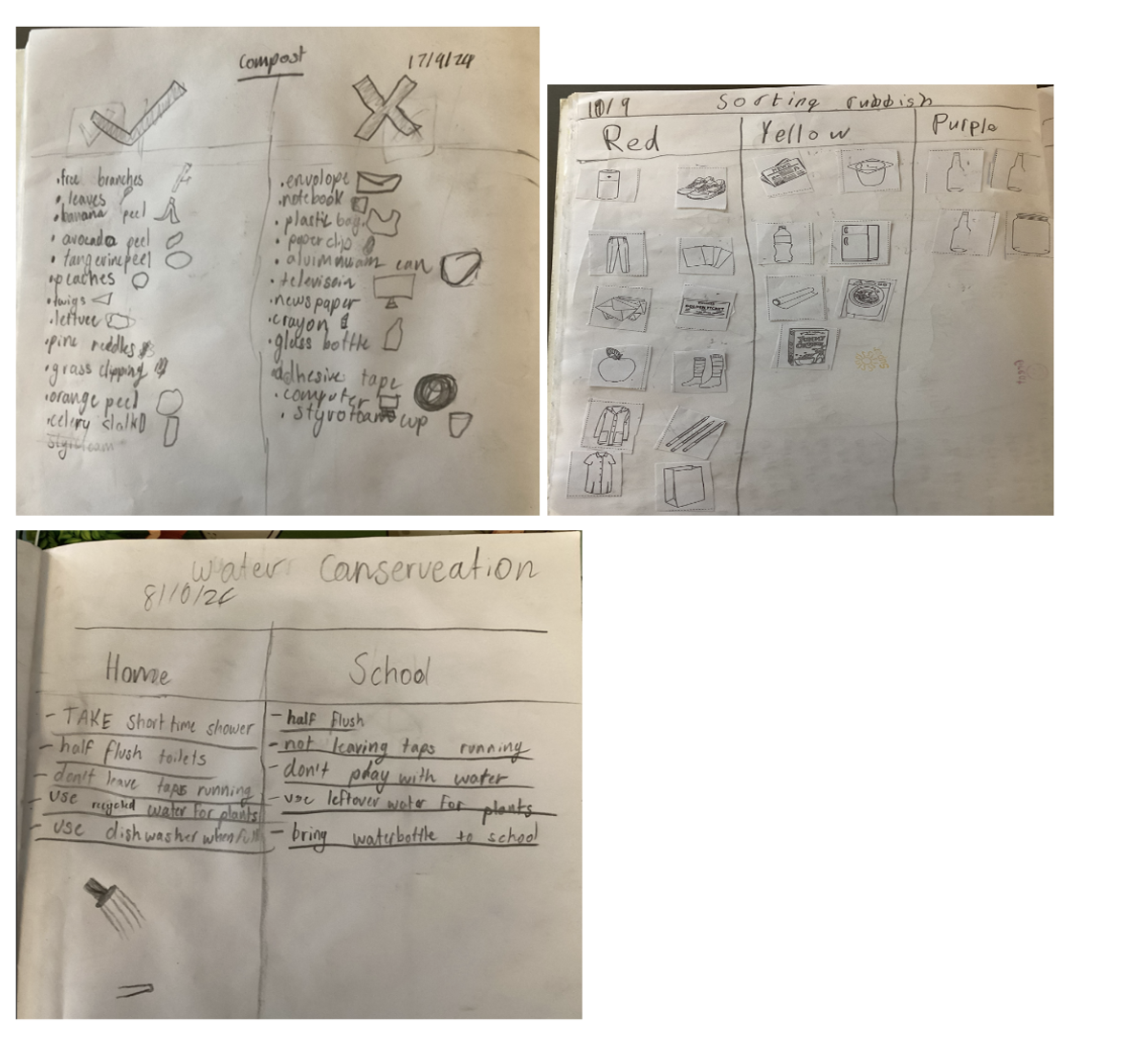

We learnt to identify types of mirrors, how they work and their uses. For example, ‘a concave mirror bulges inwards and zooms in. Concave mirrors are used by dentists to get a close-up view of your teeth.’ We also explained how sunglasses work and learnt that wearing sunglasses helps with glare and reduces our chance of blindness and eyelid cancer. Then, we explored how prisms work and were challenged to explain what white light is and how white light, under specific conditions, is split into the seven colours we know - red, orange, yellow, blue, indigo and violet.


We learnt to identify types of renewable and non-renewable energy. Students were challenged to question, research and explain why we should be using renewable energy more, as well as the challenges of renewable and non-renewable energy in politics.

